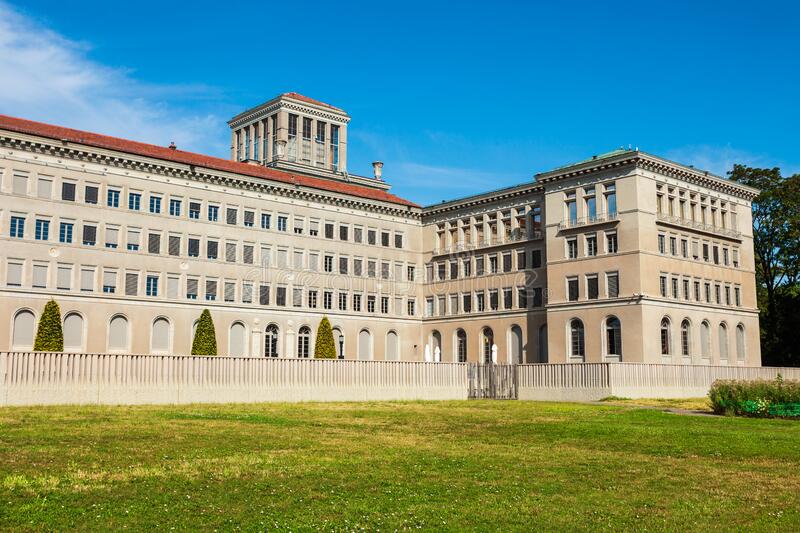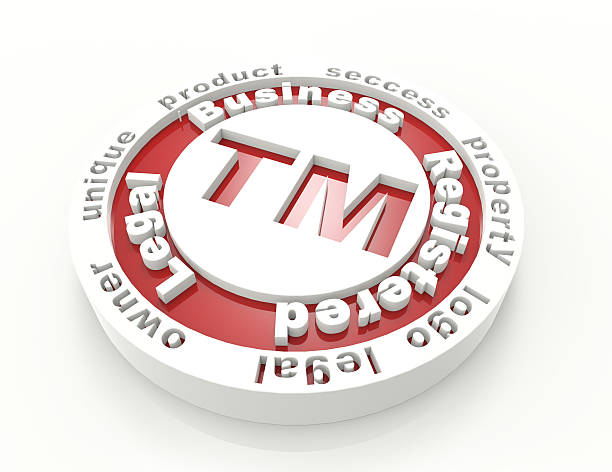TRADE MARK /
The Trade Marks Act, 1999 is in harmony with the International Treaties of Paris Convention for Protection of Industrial Property and TRIPS Agreement of which India is a signatory.
Nirmal S Mohan analyses the Trade Marks Act, 1999 in detail.
The World Trade Organisation came into being in 1995 as a successor to the General Agreement on Tariffs and Trade (GATT) after a series of discussions during the Uruguay Round. After that wide-ranging liberalisation measures were initiated for tariff-free trade in various products including telecommunication services, agriculture and financial services.
The amendment to the WTO’s Intellectual Property Agreement in 2017 were intended for the poor economies’ to access affordable medicines.
The Intellectual Property Agreement contains rules for trade in ideas and creativity.
The Rules elaborately discuss how copyrights, patents, trademarks, geographical names used to identify products, industrial designs, undisclosed information such as trade secrets are to be protected when trade is conducted among member states.
The Trademark Law protect indications of the commercial source of products or services and the Patent Laws generally protect new and useful inventions.
The Copyright Law protects the original literary, artistic, and other creative works and the owner gets the exclusive right to make copies of the creative work for a limited time.
Trademark defined under section 2 (zb) of the Trade Marks Act, 1999 as, ‘trade mark’ means a mark capable of being represented graphically and which is capable of distinguishing the goods or services of one person from those of others and may include shape of goods, their packaging and combination of colours.
Trademark is a unique symbol or words used to represent a business or its product.
Trademark distinctive symbols that identify a particular product of a trader to the general public. The symbols consist of a device, words or a combination of these.
Trademark is defined in the Trademarks Act, 1999 and it says that the main purpose of trademark law is to prevent unfair competition by applying a test of consumer confusion and providing rights and remedies to the owner of the trademark.
In simple words a trademark is a symbol, word or words legally registered or established by use of representing a company or product. It is a mark that distinguishes the goods and services of one enterprise from those of other enterprises.
The trademark is protected by Intellectual Property Right.
Once a trademark has been granted by the Registrar the owner receives three benefits.
1. A notice of claim to any other business thinking of using the same symbols or words
2. A legal presumption of ownership
3. The exclusive right to use the claimed trademark
If registered the same symbols or words cannot be used by any other trader or any other organization as long as it remains.
The term of the trademark is 10 years and it can be renewed on payment of additional fee.
However, the right to remain on the Register may be lost if the trademark is not used or is misused.
If anyone uses a registered trademark without the permission of owner or users a mark that is likely to be confused with a registered trademark can sue for an injunction and damages. If a trademark has been registered, then it is much easier for the trademark owner to enforce these rights through an infringement action.
Trade mark is a design to fulfil the objective of consumer protection.
At the national or regional level, the trademark protection can be obtained through registration by filling an application for registration with the national or regional trademark office. In international level, the protection for the trademark has been two-way i.e.,either trader can file a trademark application with the Trademark office of each country in which he may seek protection or the other way is to use WIPO’s Madrid system protection.
The term licences in trademark means the trademark owner grants permission to another person (third person) to commercially use the trademark legally. Trademark infringement means it is the unauthorized use of a trademark or service mark or in connection with the goods/service that make confusion, deception or mistake about the goods/service in the public.
By comparing Copyright Law, it protects original literary, artistic and other creative work.
In Trademark, continued active use and re-registration can be done. But in copyright usually the term lasts for the duration of the authors lifespan.
In patent law it seeks to protect new and useful inventions and the trademark seeks to protect the indication of the product or service.



